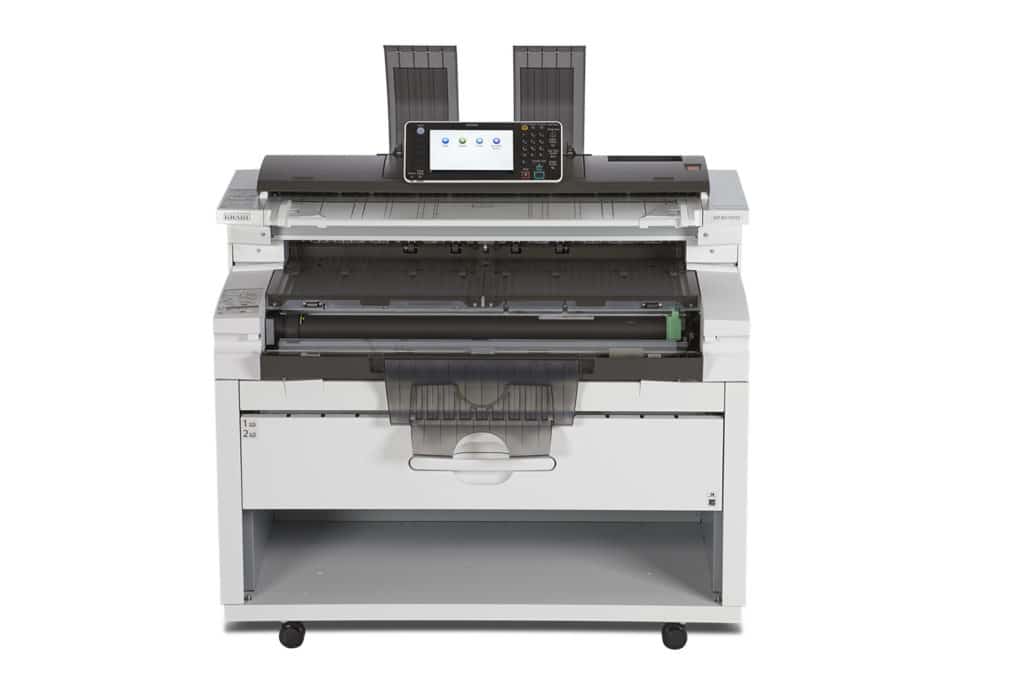I believe I captured this video off Linkedin. I'm familiar with print speed and if you look at the amount of prints that exit compared to the seconds that elapse the is no way that this printer prints at the 100 "D" size pages a minute. In fact Canon states the black print speed is 4 "D" per minute.
Watching the video and counting the seconds one would lead to believe that it prints one per second.
Of course we know this is not the case, but what about the client/user that is not familiar with the these devices and the print speeds.
It's a nice machine, however I believe either they the real speed of the prints in the video or don't show the print speed at all.
=Good Selling=-















